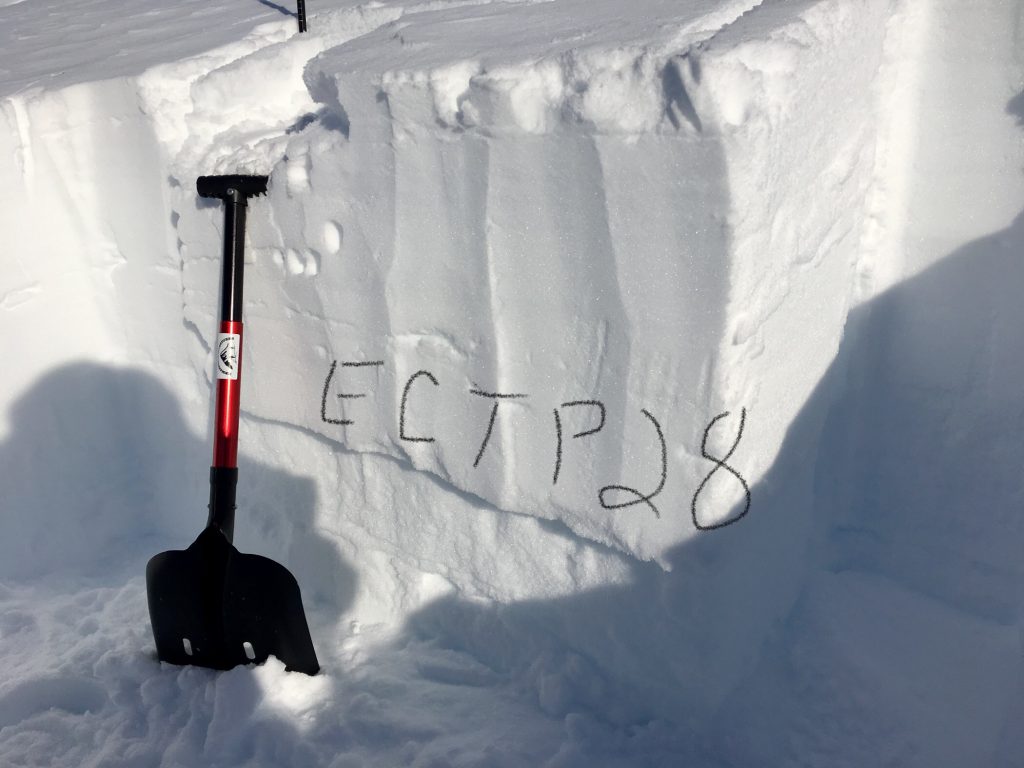Turnagain Pass
|
|
The avalanche danger is MODERATE at all elevations due strong winds over the past two days. Human triggered wind slabs 1-2′ thick will be possible, and radiation from the sun could make slabs easier to initiate in the afternoon on solar aspects. Additionally, old weak layers deeper in the pack may be triggered, creating a larger avalanche.
Numerous natural avalanches occurred in Summit Lake yesterday and a human triggered avalanche occurred the day before on Tenderfoot. Read the Saturday Summit Summary HERE and current observations HERE.
Lost Lake Trail, Primrose Trail, South Fork Snow River Corridor and 20 Mile are all open for motorized use. At 20 Mile please cross the railroad tracks at the designated spot as you leave the parking area.
If heading to Lost Lake area check out several observations describing two snowmachine triggered avalanches that occurred over the last two days HERE.




